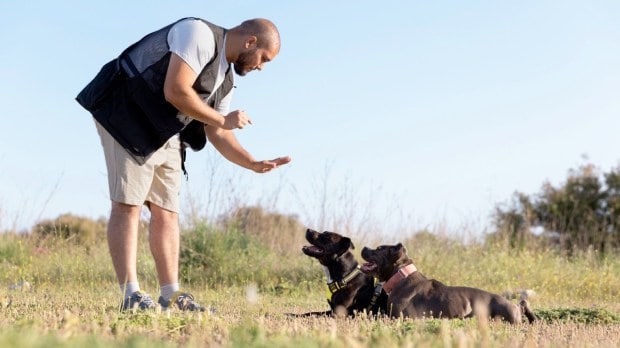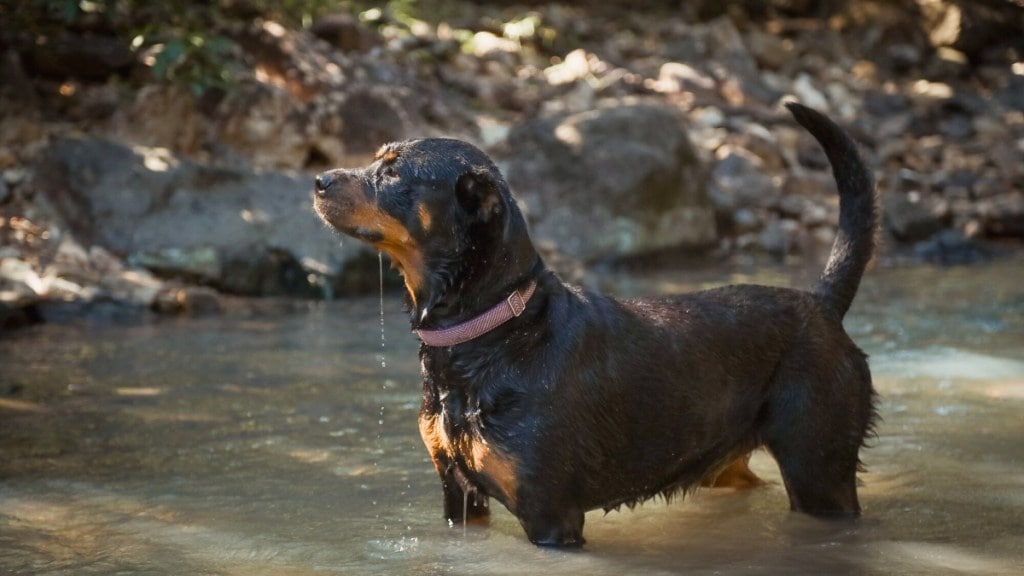In a move many pet owners call ‘unwarranted’, the recent ban on certain dog breeds in India has left many furious. The central government has written to the states asking them to ban the import, breeding, and sale of certain dog breeds, which are termed ‘dangerous’ — but are they?
The government has classified breeds such as the Rottweiler, Pitbull, Mastiffs, and many more as dangerous, blaming them for attacks and claiming that the ban is in a move towards curbing the rising number of dog attacks reported in India.
Last year, Maharashtra reported 4.35 lakh dog bites, while Tamil Nadu reported 4.04 lakh dog bites, and Gujarat reported 2.41 lakh dog bites. Dog bites in the country have seen a rise in 2023 compared to 2022, however, this beckons the question — how many of these are from the 23 banned breeds?
Dog bite statistics
Reports from other countries have shown that when dog bite statistics were analysed, the breed that leads is the Labrador Retriever, a popular dog breed globally known for its playful nature. Even when India is considered, attacks by Rottweilers and German Shepherds make it to the news immediately, but attacks by other breeds known for their friendly nature, such as Labradors, Golden Retrievers, Beagles, and so on are never reported.
“My three-year-old daughter was bitten on the face by a Labrador,” says a Bengaluru resident. “Being pet parents with a Rottweiler at home, we never had even a minor incident, be it with us or with our children playing with our Rottie. But the attack from a Labrador took us by surprise.”
The fundamental problem with breeds
The issue with breeds, in fact, any dog for that matter, is the pet owner. When looking at the breed standards for any of the banned breeds, one would come across words like ‘loyal’, ‘intelligent’, and ‘affectionate’, amongst others. Then why are they associated with attacks, one may ask? The answer is a lack of training and socialisation.
Pet owners ignore this aspect, and as per any expert (professional trainers like Robert Cabral), training and socialisation give the dog structure, similar to how we raise kids. Dogs also have a high prey drive, which is a reason they sometimes tend to chase smaller animals, but with proper training, this can be addressed. The basics, sit, stand, and lie down are good, but instead of putting in the effort to ask the dogs to do tricks, invest time in good recall techniques and a strong ‘leave it’ command.

As a responsible pet parent, Noorie Naseer says, “Banning certain breeds in India won’t fix dog-related problems. Being responsible owners, training, and socializing dogs is what matters the most. Banning specific breeds doesn’t work, instead educating owners and enforcing rules is better. Looking at individual behaviour is smarter than blaming breeds.”
She adds, “Many breeds in this banned list of dogs have good qualities and are great companions when cared for properly. Promoting responsible ownership is the way to make our communities safer for everyone, including dogs.”
Noorie has an 11-year-old Rottweiler who hasn’t caused any issues nor shown any signs of aggression to date, she says. “He’s great with kids, other dogs, and is even a foster father to many of my rescued cats. He is the most loved dog in our family and in the whole locality.”


